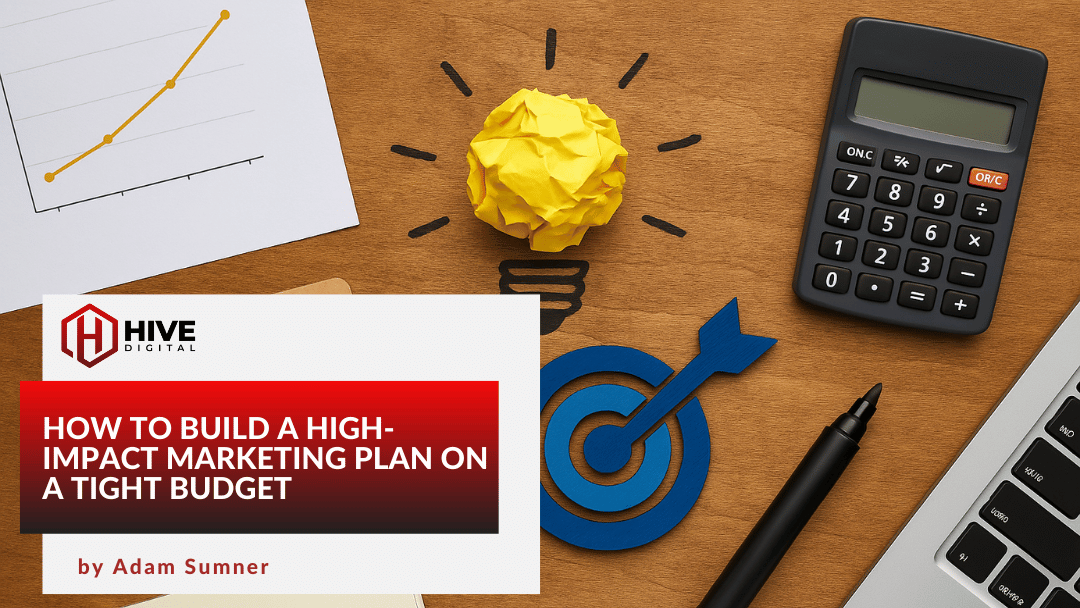Bounce rate is an interesting metric because the story it tells depends entirely on the context.
Usually people panic when they see a significant increase in bounces from their site. Sometimes that panic is warranted. If, however, their site has recently had an increase in traffic from CPC ads, there is probably a good reason for the increase in bounce rate.
What is a Bounce?
Let’s recall the definition of a bounce. A bounce is when a user exits a site from the page they landed on without navigating to any other pages. For example, a website that has only one page will always have a bounce rate of 100%. Bounce rate does not account for time spent on that page.
That is probably the most common misconception about bounce rate. Most people assume it is an immediate exit. It isn’t.
Good Bounces
A site visitor can do exactly what they are supposed to do on a page, and that visit could still be recorded as a bounce. Take these three examples:
- A user might land on the page, get a good idea of what the product or service is about, call the sales phone number listed on the page, and leave the site – after only visiting one page. Even though that visit turned into a lead, it is technically a bounce.
- Instead of calling, that same user might fill out a contact form, or request a product demo. If those forms don’t take the user to a separate “thank you” page upon submission, then it is technically a bounce.
- Finally, let’s say that same user – the one who skimmed enough of the content on the page to get a good idea of what the product or service is about – bounced without either calling or filling out a contact form. How can that possibly be a win? It is a win if the site has implemented remarketing code – a snippet of JavaScript that puts a cookie on the user’s browser. This allows us to target ads to that user throughout the internet, in order to bring them back into the sales funnel.
How Ad Campaigns Affect Bounce Rate
When there is a large increase in traffic to a site from ads, bounce rate tends to go up. The main reason for this is that paid ads target users with a high commercial intent, i.e. the people who are ready to buy now. We invest the most in these users because dollars spent on them carry the highest ROI.
Because they are more likely to know what they want than organic visitors, they are less likely to peruse the site to learn more about different products or services. The landing pages for ads are often set up only for conversions, with prominent contact forms and few, if any, site navigation links.
Overall bounce rate might increase when an ad campaign ramps up. As long as enough of those new visitors are converting on the landing page, then a minor uptick in bounce rate should not cause panic.
The analogy I like to use is an offline retail store. If one month I have 50% more people walk through the door than the previous month, I don’t mind if a slightly higher percentage (say, 5 to 10%) of total visitors exit the store after only browsing one aisle.
Takeaways
Bounce rate is a great metric to watch, but it is important to treat it within the context. Always keep the following in mind:
- A site’s bounce rate should always be examined along with average visit duration.
- When analyzing the effectiveness of an online ad campaign, conversions are the ultimate KPI.
- When running an ad campaign, it is important to use custom analytics filters, in order to make the most sense of bounce rate data.
Feedback is always welcome. Feel free to leave a comment below.JUMP TO A CATEGORY
WEB ANALYTICS | SEARCH OPTIMIZATION | PAID ADVERTISING | COMPANY NEWS








